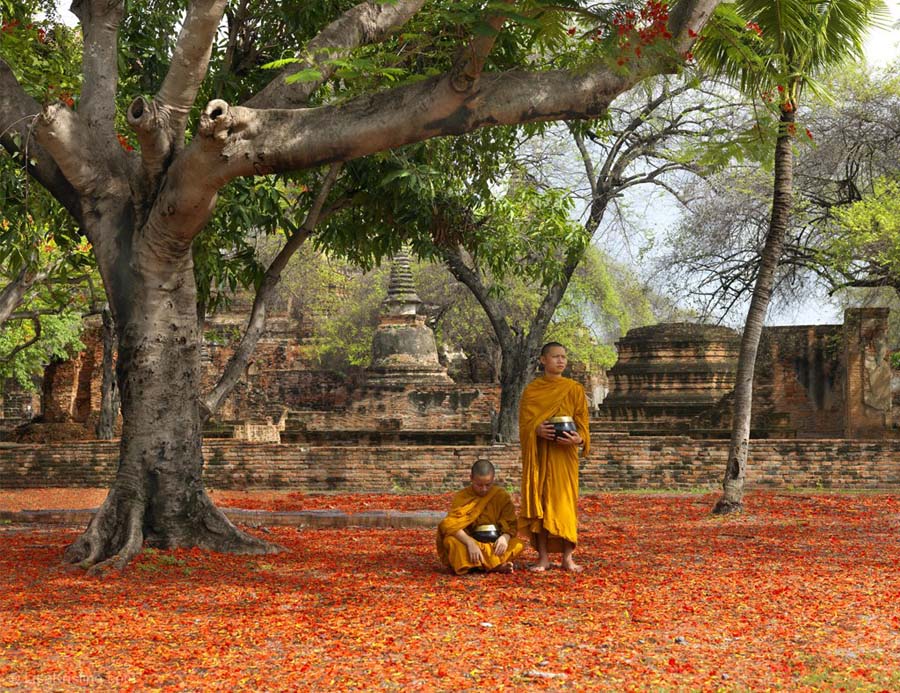"We are at a time in humanity when we have incredible technologies - and we are being asked to marry these with an equivalent transformation of heart."
- Jack Kornfield Wisdom 2.0 Conference
"Where the technology and contemplative communities ... hash out the best ways to incorporate these tools into our lives -- and keep them from taking over."
- Wired Magazine Wisdom 2.0 Conference
More videos of Wisdom 2.0 ~ on Technology, Gratitude, Generosity, Social Responsibility, Wisdom, Mindful Workspace, Technology and the Brain, Disconnection to Connect, Business etc ...
More Videos of Lisa Kristine ~ talks from direct first-hand experience of our world as a photographer
Related feature film "Sold" (Trailer) based on a true story.
Gillian Anderson, actor, plays a photographer based on Lisa Kristine
Related documentary film "#standwithme" (watch full film) based on a true story.
After seeing a photo by Lisa Kristine, of two enslaved boys in Nepal, Vivienne Harr 9 years old is moved to help in the only way she knows how: by setting up her lemonade stand. With the goal of freeing 500 children from slavery, she sets up her stand every day, rain or shine. In telling Vivienne’s story, #standwithme examines the realities of modern-day slavery, the role we play in it as consumers, and the importance of knowing the story behind what we buy.
Ayutthaya was a Siamese kingdom that existed from 1351 to 1767.
It was once considered by foreign traders as one of the largest and wealthiest citites in the East.
These Buddhist monks stand below a vibrantly flowering tree in the ancient city
Wisdom in Business conference
"Founders from Facebook, Twitter, eBay, Zynga and PayPal, and executives and managers from companies like Google, Microsoft, Cisco ... in conversations with experts in yoga and mindfulness." - The New York Times
Founded in 1416 and once the largest monastery in the world,
Drepung housed over 10,000 monks.
The main assembly hall, or Tsogchen,
where this image was made,
is riveting with 108 pillars
supporting the atmospheric enormity of the sacred hall;
it is magnificently lit
by filtered sunshine and pungent yak butter lamps.
Scholastic monks gather in huge mass for recitations;
chanting of the Holy Scriptures fill the Tsogchen
with a hauntingly rich and resonant texture of belief and commitment.
Meeting a person whose religious purpose
is to bring betterment to all sentient beings,
who does not only have the intellectual capacity of Buddhism,
but is a living embodiment, is an extraordinary experience.
The Drokpas, or nomads, of Tibet are a visible presence
in this province bordering the Himalayas of India.
They travel in groups of families;
the men tend to the yaks in the grasslands
while women make butter and cheese.
They also weave and tan sheep and yak skins
used to make garments to protect them from the fierce Himalayan winters.
The Himba wear little clothing,
but the women are famous for covering themselves with otjize,
a mixture of butter fat and ochre possibly to protect themselves from the sun.
The mixture gives their skins a reddish tinge.
This symbolizes earth's rich red color and the blood that symbolizes life,
and is consistent with the Himba ideal of beauty.








